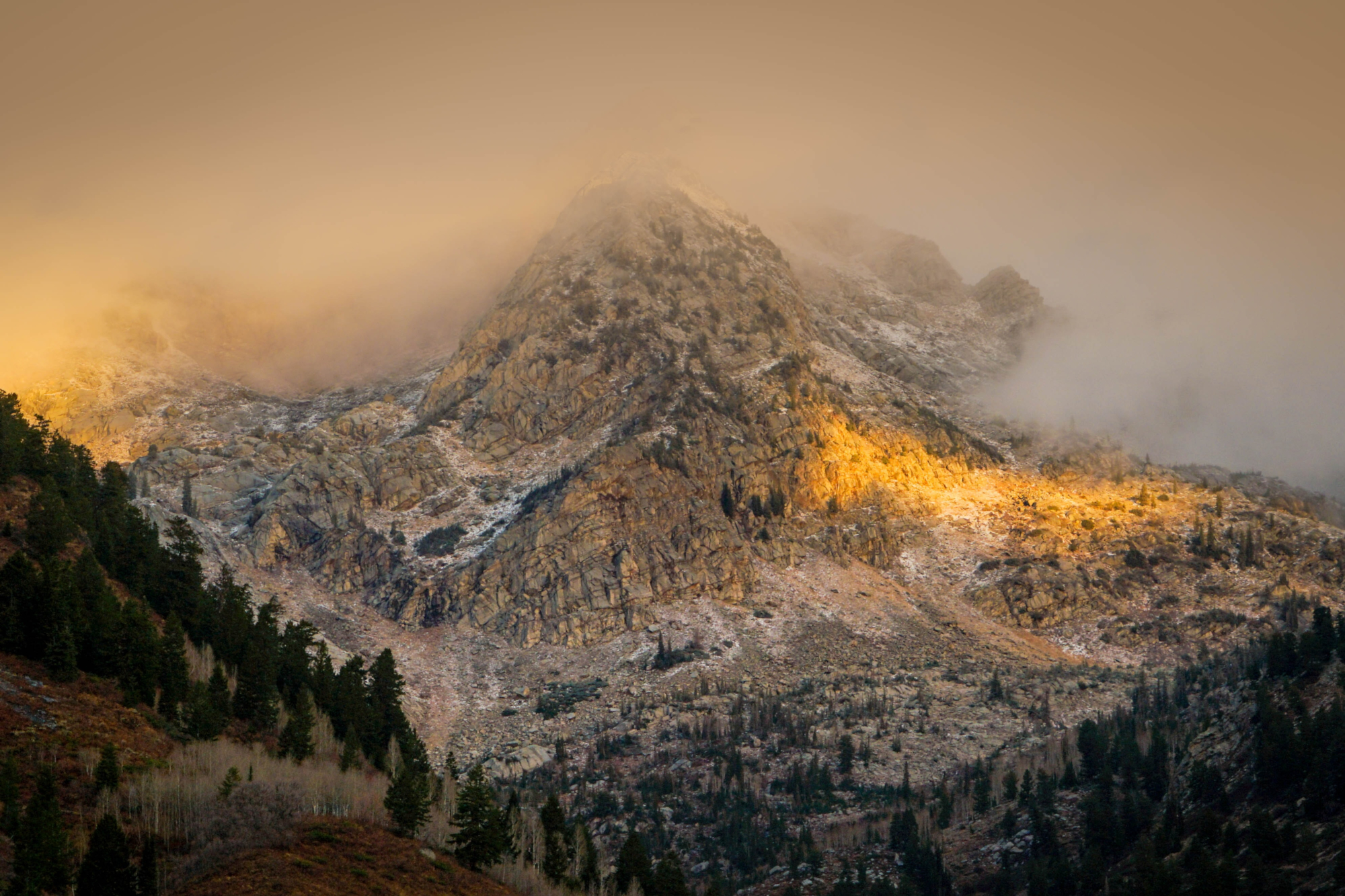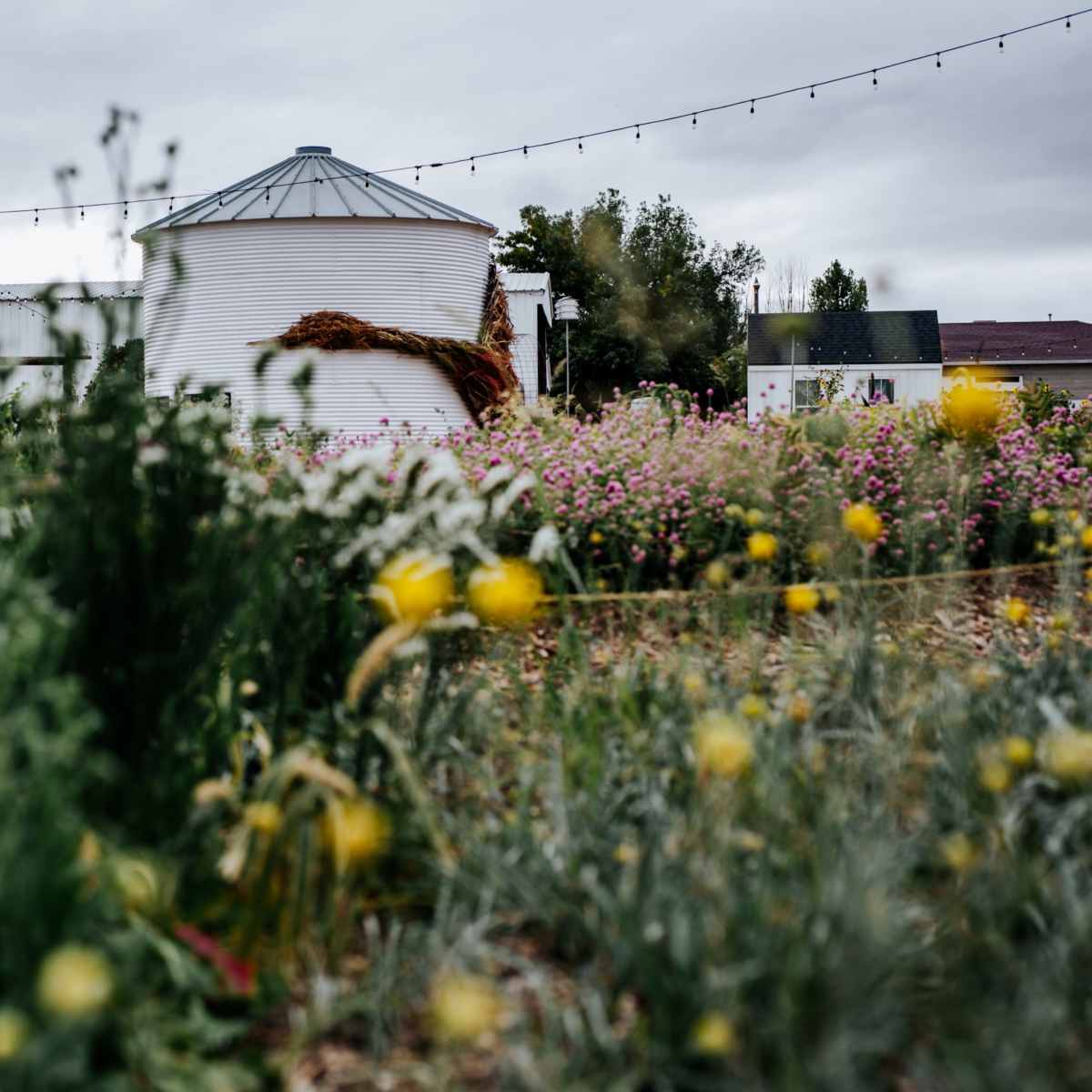
America’s Echoes: Unearthing Truths in the Legends of a Nation
America is a land woven from narratives, a tapestry rich with the vibrant threads of history, myth, and whispered tales. From the towering lumberjacks of the Northwoods to the spectral figures haunting forgotten battlefields, these legends are more than mere stories; they are the cultural DNA of a nation, embodying its triumphs, anxieties, and profound, often uncomfortable, truths. Yet, much like the meticulous, sometimes agonizing, forensic examination of an event like the Mountain Meadows Massacre – where the 1889 account struggled to reconcile conflicting testimonies, assign blame, and unearth the human motivations behind an unspeakable act – many American legends, particularly those born from trauma or the unknown, compel us to look beyond the fantastic and confront the often-stark realities they obscure or illuminate.
The 1889 account of Mountain Meadows, a chilling narrative of pioneer violence and religious fervor, serves as a poignant lens through which to view the broader landscape of American legend. It wasn’t a whimsical fireside tale but a painstaking, often biased, attempt to establish a historical record, to understand how a community could descend into such brutality. This process – the sifting of evidence, the weighing of eyewitness accounts, the grappling with collective guilt and individual responsibility – mirrors the way many legends, both dark and light, are forged. They are often born from real events, real people, and real fears, then embellished, distorted, or simplified by the collective memory until they serve a deeper cultural purpose. The line between documented history and popular legend, as the Mountain Meadows account so starkly demonstrates, is frequently blurred, contingent on who is telling the story, and why.
America’s earliest legends are often rooted in the vast, untamed wilderness and the clash of cultures that defined its formation. Before European settlers, Indigenous peoples populated the continent with their own intricate mythologies, explaining the natural world and the human condition. Figures like the Wendigo of Algonquin folklore, a ravenous, flesh-eating spirit born from starvation and greed, are more than monstrous tales; they are cautionary parables about the dangers of extreme individualism and the breakdown of community, echoing the very real struggles for survival in harsh environments. Similarly, the Skinwalker of Navajo tradition, a malevolent witch capable of shapeshifting, speaks to a deep-seated fear of malevolence within the human heart and the violation of natural order. These are not merely fantastic beasts but psychological projections of societal fears and moral codes, much like the fear and paranoia that fueled the tragic events at Mountain Meadows.

As European settlers pushed westward, the frontier itself became a fertile ground for new legends. The sheer scale of the landscape, the isolation, and the constant struggle against the elements gave rise to tales of extraordinary strength and resilience. Paul Bunyan, the colossal lumberjack with his blue ox, Babe, embodies the American spirit of taming the wilderness through sheer might. His stories, filled with impossible feats like digging the Great Lakes or creating the Mississippi River, were practical myths for an expanding nation, celebrating the industry and resourcefulness required to build a country from raw land. Yet, even in Bunyan’s cheerful tales, there’s a subtext of environmental transformation, often at a massive, irreversible scale, a reflection of Manifest Destiny’s impact on the natural world.
The Wild West, perhaps more than any other period, became a legend-making machine. Figures like Jesse James, the notorious outlaw, were transformed into folk heroes, symbols of rebellion against perceived injustice, even as their real-life actions were often brutal and self-serving. The dime novels of the era, much like modern media, were instrumental in this mythologizing, prioritizing dramatic narrative over factual accuracy. The true complexity of these figures – their motivations, their victims, the societal forces that shaped them – often became subsumed by a romanticized image. The search for the "real" Jesse James, much like the quest for truth in the Mountain Meadows accounts, becomes an archaeological excavation through layers of popular imagination, personal testimony, and historical revisionism.
Then there are the legends born from specific, often tragic, historical events that defy easy explanation, echoing the lingering questions surrounding Mountain Meadows. The Jersey Devil, for instance, is a creature said to haunt the Pine Barrens of Southern New Jersey. Its origins trace back to the 18th century, involving a cursed birth, a monstrous child, and a desperate mother. While seemingly a local cryptid, the legend persists, perhaps tapping into a collective anxiety about the unknown, the wildness lurking at the edges of civilization, and the dark side of human nature. Sightings persist even today, blending historical accounts with modern-day encounters, creating a legend that constantly reinvents itself while retaining its core chilling premise.
The 20th century ushered in a new era of American legends, often termed "urban legends," but equally rooted in societal anxieties. The rise of industrialization, technological advancement, and a more interconnected world didn’t diminish the human need for myth; it simply shifted its focus. Bigfoot, the elusive ape-like creature said to roam the Pacific Northwest, became a modern embodiment of the unknown that still exists in a supposedly mapped-out world. It speaks to a yearning for mystery, a belief that despite our scientific prowess, nature still holds secrets. Similarly, the Mothman of Point Pleasant, West Virginia, a winged humanoid creature sighted in the late 1960s before the collapse of the Silver Bridge, intertwines local tragedy with supernatural premonition. These legends, often fueled by blurry photographs and eyewitness accounts, much like the contested testimonies of historical events, highlight our struggle to comprehend the inexplicable and find meaning in catastrophe.
What links these diverse legends – from the ancient Wendigo to the modern Mothman, from the heroic Paul Bunyan to the tragic Mountain Meadows account – is their profound role in shaping collective memory and identity. They are not simply entertainment; they are cultural vessels, carrying the weight of history, the lessons of morality, and the echoes of unresolved questions. Like the authors of the 1889 Mountain Meadows account, who sought to understand a dark chapter, we, too, use these stories to process our past, grapple with our fears, and define who we are as a nation.
The journalistic approach to these legends, much like investigating a historical event, requires a critical eye. It means asking: What truth, if any, is at the core of this story? What societal function does it serve? Whose perspectives are amplified, and whose are silenced? The enduring power of legend often lies not in its veracity, but in its resonance with deeper cultural anxieties or historical traumas. They are narratives that refuse to die because they speak to something fundamental within us – our need to understand, to explain, to remember, and sometimes, to forget or to distort.
In the end, the legends of America are an ongoing conversation between its past and its present. They remind us that history is not just a collection of facts, but a narrative constantly being retold, reinterpreted, and reshaped by the collective imagination. And within each tale, whether it’s a terrifying cryptid or a celebrated folk hero, lies an echo of the American experience – complex, contradictory, and forever seeking to define itself in the shadow of its own magnificent, and sometimes tragic, stories. Just as the painful truth of Mountain Meadows required generations to confront, so too do many of America’s legends invite us to look deeper, to question, and to understand the profound human stories that lie beneath their fantastical surfaces.



